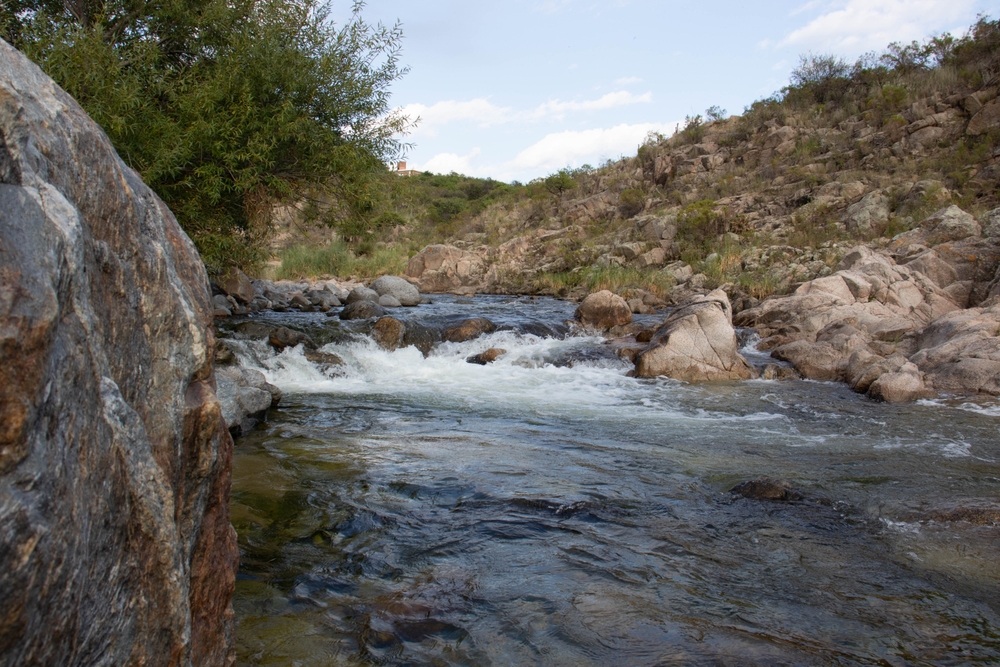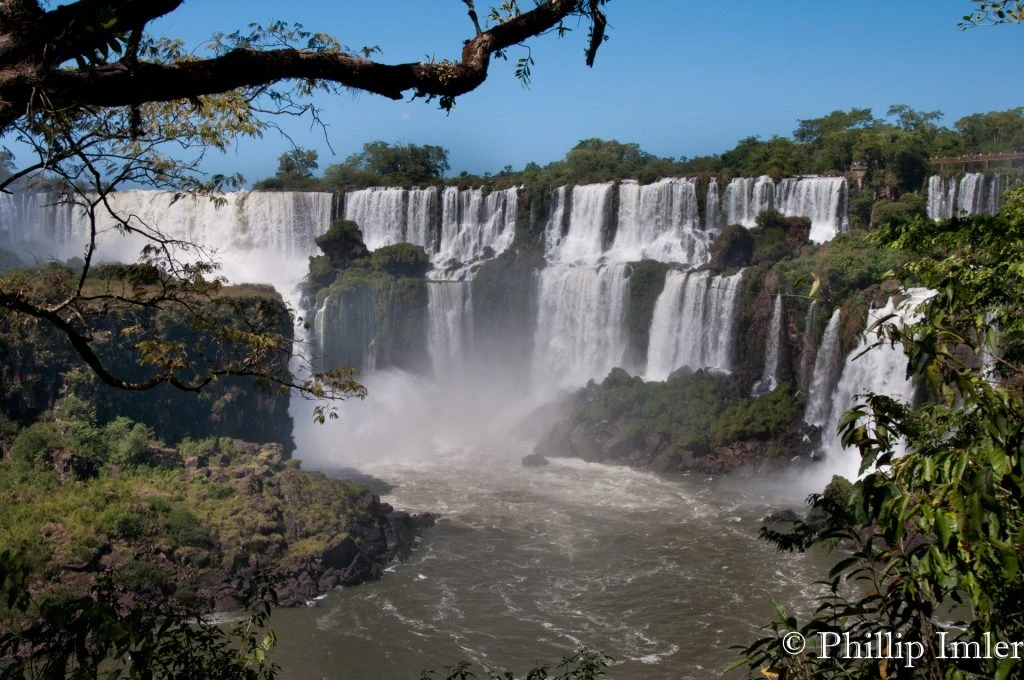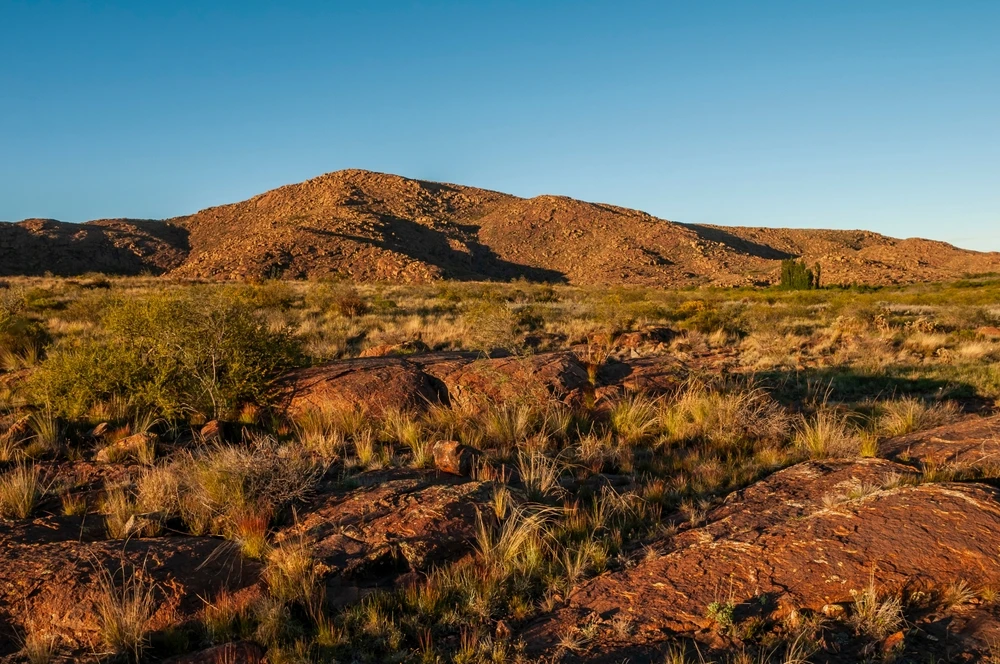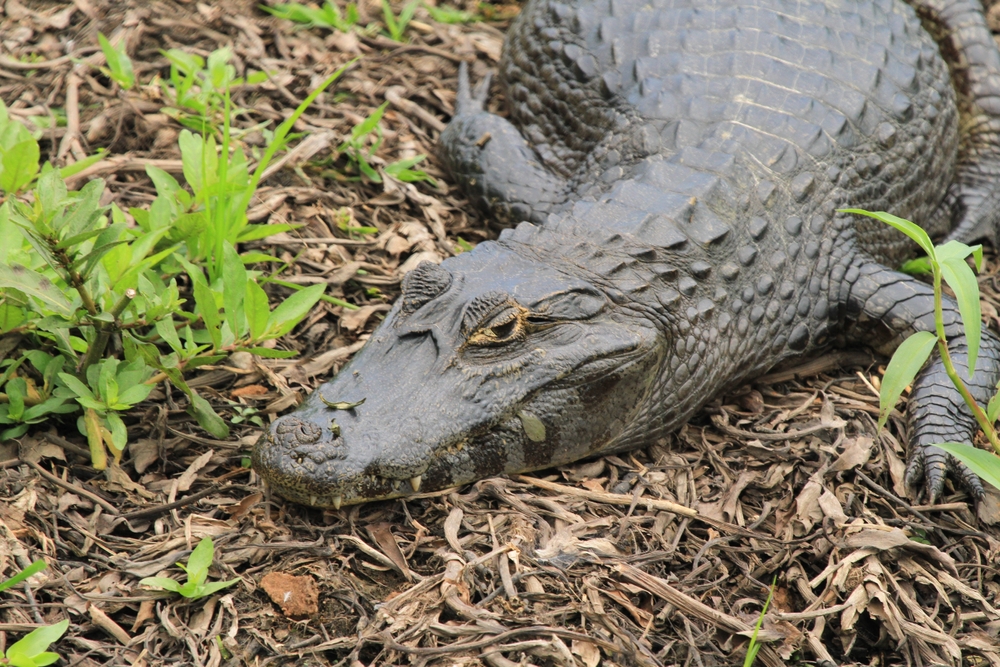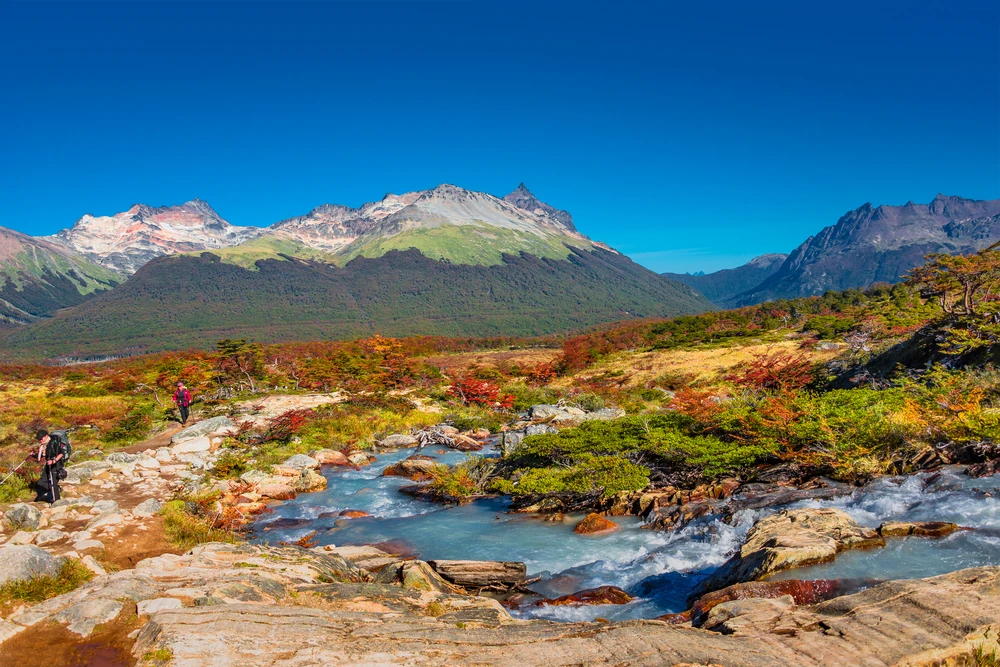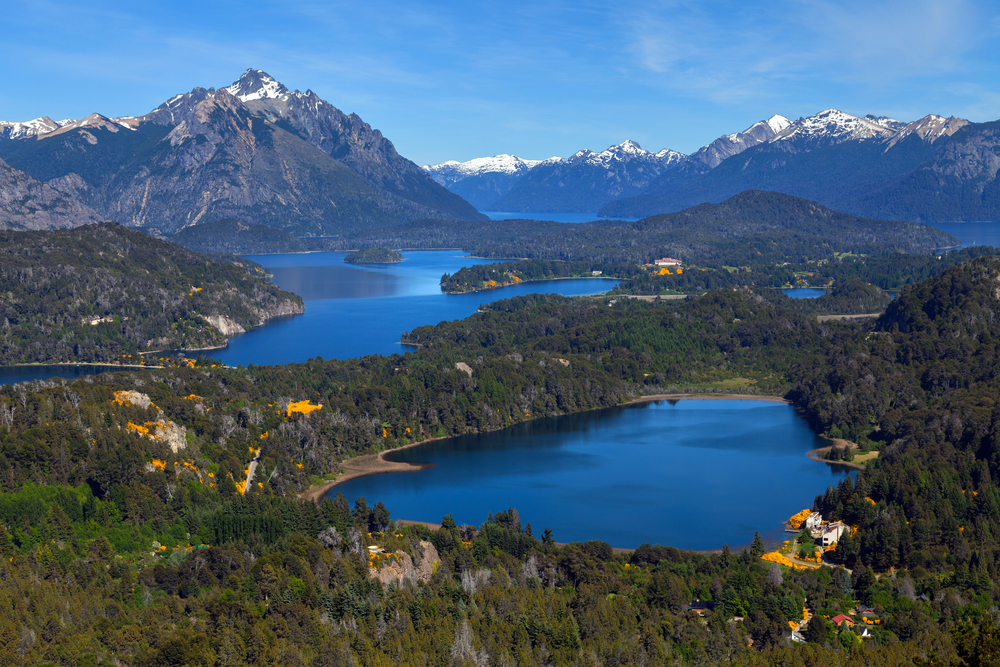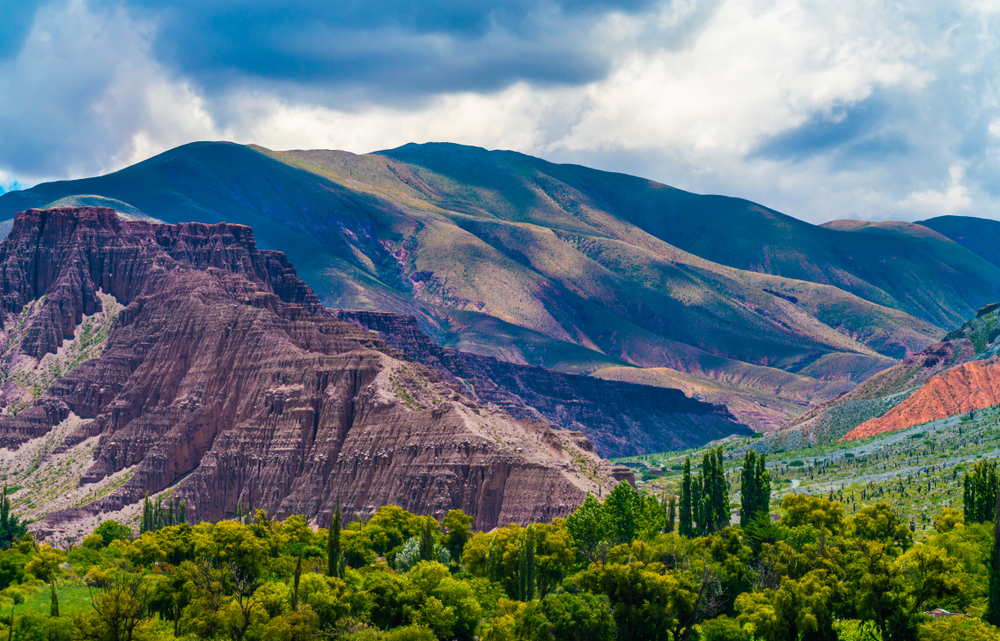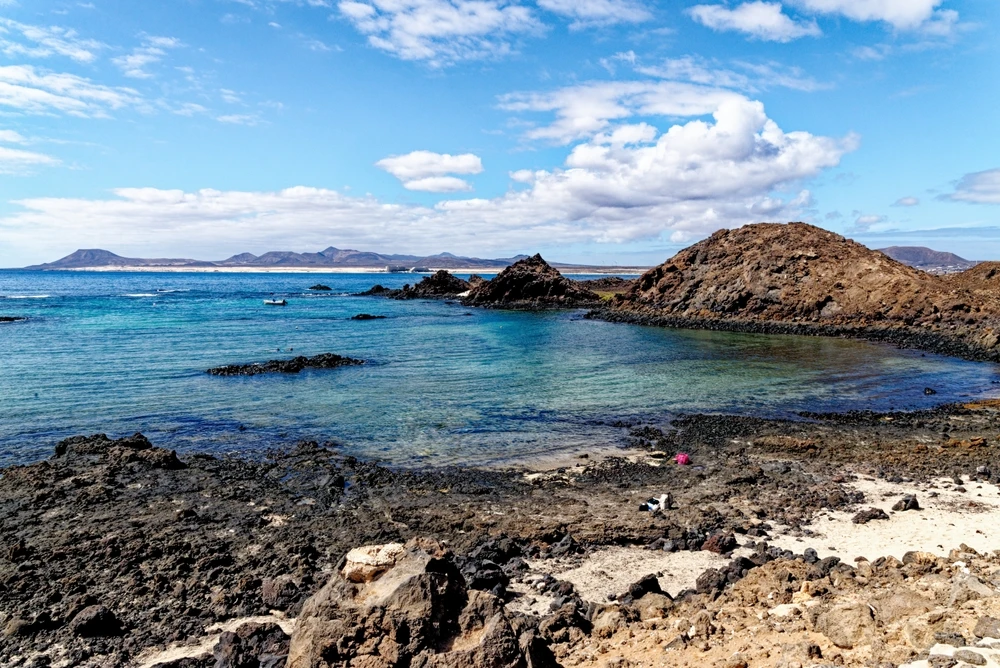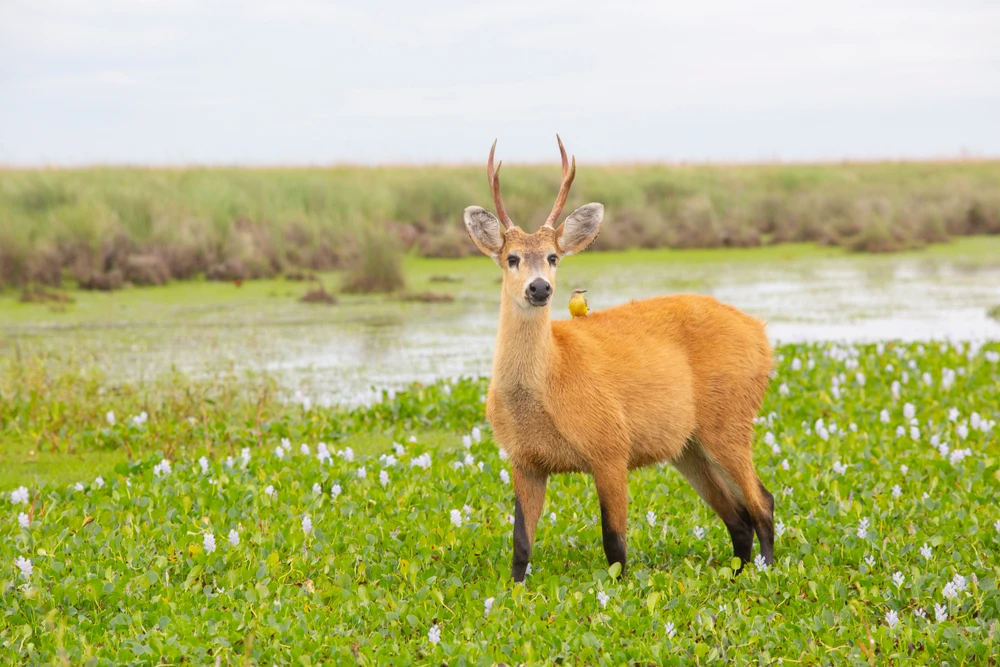San Guillermo Overview
San Guillermo National Park, or Parque Nacional San Guillermo, is a remote and rugged protected area located in the northwest of San Juan Province, Argentina. Covering approximately 3700 square miles (9600 square kilometers), the park is part of the high-altitude Andes and is known for its stark yet stunning landscapes.
Situated within the dry Puna ecoregion, it features vast plateaus, deep ravines, and towering peaks, with elevations ranging from 8200 to over 19,000 feet (2500 to 5800 meters) above sea level. The park’s arid terrain is dotted with sparse vegetation, primarily consisting of low shrubs, cushion plants, and tough grasses that have adapted to the harsh climate.
Water sources are scarce, but some rivers and streams, such as the San Guillermo River, provide life to the otherwise dry surroundings. The extreme conditions contribute to the park’s dramatic scenery, making it a unique and striking landscape to explore.
Despite its harsh environment, San Guillermo National Park is home to an impressive variety of wildlife, many of which have adapted to the region’s high altitudes. One of the most iconic species found here is the vicuña, a wild relative of the llama, which roams the park in large numbers.
The guanaco, another member of the camelid family, can also be seen grazing on the sparse vegetation. Predators such as the elusive Andean mountain cat and the puma silently stalk the park’s rugged terrain.
Among the bird species that thrive in the park, the Andean condor is perhaps the most spectacular, soaring above the cliffs and valleys with its enormous wingspan. Other notable bird species include the Puna tinamou, the rufous-bellied seedsnipe, and various species of eagles and hawks that patrol the skies in search of prey.
One of the main draws of San Guillermo National Park is its pristine wilderness, offering visitors a chance to experience a remote and untouched environment. The park is part of the larger San Guillermo Biosphere Reserve, which helps protect the area’s fragile ecosystems and wildlife.
Visitors can explore its landscapes through limited trekking opportunities, though the high altitude and harsh conditions make it a destination suited for experienced adventurers. Wildlife observation is a key activity, with the park providing an unparalleled opportunity to witness large groups of vicuñas in their natural habitat. Given its isolation, the park does not have extensive tourist infrastructure, making it an ideal place for those seeking solitude and a deep connection with nature.
San Guillermo National Park faces conservation challenges due to climate change and human activities in surrounding areas. Historically, mining and livestock grazing have impacted the environment, though conservation efforts have helped reduce these threats.
The creation of the biosphere reserve has strengthened protection measures, ensuring that the park’s unique flora and fauna remain preserved. Ongoing research and monitoring programs help track the health of the ecosystem and the status of endangered species. Conservationists continue to work towards balancing human impact with the need to protect the park’s fragile environment.








































































